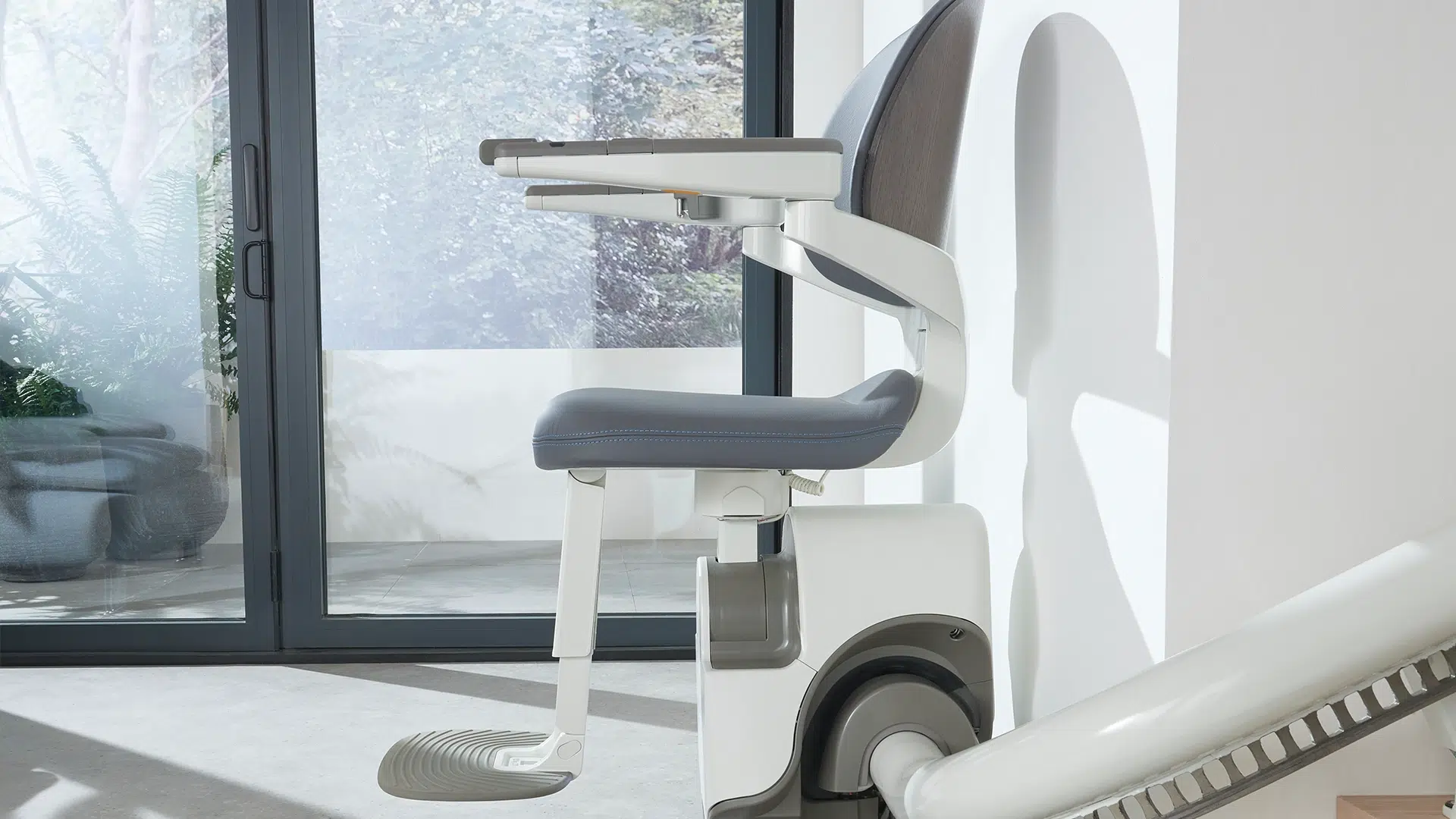As mobility challenges become more prevalent with age or health conditions, stairlifts offer an effective solution to maintain independence in multi-level homes. Selecting the right stairlift is crucial for ensuring safety, comfort, and ease of use. This comprehensive guide will help you navigate the important considerations when choosing a stairlift for your home.
1. Assess Your Needs
Before diving into the selection process, assess the specific needs of the potential user. Consider the following factors:
- Mobility Level: Determine how mobile the user is. Do they need assistance to sit down or stand up? Are they using a walker or wheelchair?
- Health Conditions: Consider any health conditions that may affect their ability to use a stairlift, such as arthritis, balance issues, or cognitive impairments.
Understanding these needs will help you identify features that are essential for the user’s safety and comfort.
2. Types of Stairlifts
There are primarily two types of stairlifts to consider:
- Straight Stairlifts: Designed for straight staircases, these are typically more affordable and easier to install.
- Curved Stairlifts: Customized to fit staircases with bends or turns, these may cost more due to the need for precise measurements and design.
If your home has a straight staircase, a straight stairlift will suffice. However, if you have a more complex layout, you’ll need a curved stairlift.
3. Measure Your Staircase
Accurate measurements are essential for determining the right stairlift. Here’s how to measure:
- Width: Measure the width of the staircase. Ensure that the stairlift can fit comfortably without obstructing the stairs.
- Height: Measure the height from the lower floor to the upper floor.
- Landing Space: Check the landing space at both the top and bottom of the stairs. Adequate space is crucial for safe entry and exit.
Having these measurements handy will help stairlift providers give you accurate quotes and recommendations.
4. Safety Features
Safety should be the top priority when selecting a stairlift. Look for the following essential safety features:
- Seat Belts: Ensure the stairlift has a secure seat belt to keep users safe during operation.
- Obstacle Sensors: These sensors will stop the lift if an obstacle is detected on the track.
- Swivel Seats: A swivel seat allows users to exit the lift safely at the top of the stairs without twisting their bodies.
- Manual Override: In case of power outages, a manual override can be a lifesaver, allowing users to exit the stairlift.
5. Comfort and Ergonomics
Comfort is vital for users who may spend a few minutes riding the stairlift. Consider the following:
- Seat Size and Padding: Ensure the seat is appropriately sized and padded for comfort during the ride.
- Armrests: Check if the stairlift has sturdy armrests to provide support when sitting down or standing up.
- Footrests: A footrest that folds away can make getting on and off easier.
6. Aesthetics and Design
While functionality is crucial, the stairlift should also complement your home’s decor. Many manufacturers offer various styles and colors. Consider a stairlift that blends well with your home’s interior, ensuring it looks like a seamless addition rather than an eyesore.
7. Power Source
Stairlifts typically operate on batteries or electricity.
- Battery-Powered Stairlifts: These offer the advantage of working during power outages, making them a reliable option for homes in areas prone to blackouts.
- Electric Stairlifts: These are generally easier to install and maintain but may require a backup power solution.
8. Installation and Maintenance
Proper installation is crucial for safety and performance. Choose a reputable provider who offers professional installation services. Additionally, inquire about maintenance plans. Regular servicing can ensure the stairlift operates smoothly and safely for years.
9. Cost Considerations
Stairlifts come with varying price tags depending on features, type, and customization. On average, you can expect to pay anywhere from RM 5,000 to RM 30,000 in Malaysia. Consider your budget but remember that investing in a quality stairlift can significantly enhance safety and independence.
10. Trial and Reviews
Before making a final decision, consider trying out the stairlift if possible. Many companies offer demonstrations or trial periods. Additionally, reading customer reviews can provide insights into the performance and reliability of specific models.
Conclusion
Choosing the right stairlift in UAE for your home involves careful consideration of the user’s needs, safety features, comfort, and aesthetics. By assessing these factors and understanding your options, you can make an informed decision that enhances mobility and independence for yourself or your loved ones. Investing in a stairlift not only ensures safety but also allows for a more fulfilling and active lifestyle in the comfort of home.
